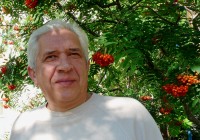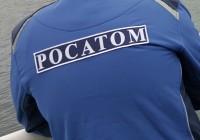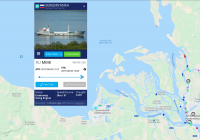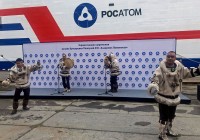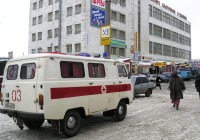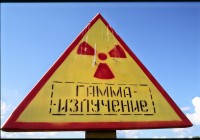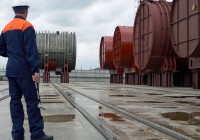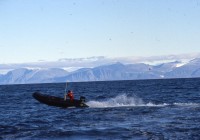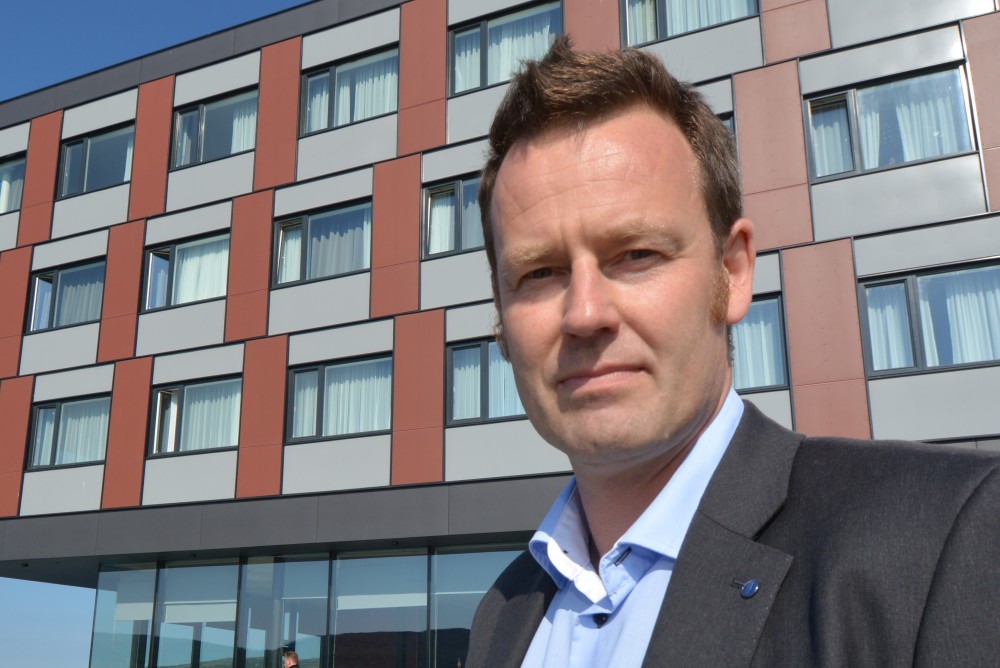
Isotopes composition proves a reactor was involved in Nenoksa accident, expert says
ADVERTISEMENT
The Northern Department of Russia’s Federal Service for Hydrometeorology and Environmental Monitoring, Roshydromet, together with its Research Association ‘Typhoon’ on Monday revealed some of the radionuclide composition found after analyzing gases from the cloud sweeping over Severodvinsk in the hours after the fatal accident on August 8th.
According to information posted by Roshydromet, the researchers found a mixture of isotopes of barium, strontium and lanthanum and daughter nuclides. All are short-lived fission products.
Norwegian nuclear safety expert Nils Bøhmer says the information removes any doubts.
«The presence of decay products like barium and strontium is coming from a nuclear chain reaction. It is a proof that is was a nuclear reactor that exploded,» Bøhmer says.
He explains that such mixture of short-lived isotopes would not have been found if it was simply an ‘isotope source’ in a propellant engine that exploded like Russian authorities first said.
Nils Bøhmer is today Head of R&D with the Norwegian Decommissioning, a governmental agency established to study options for safe handling of the spent fuel from the country’s closed-down research reactors.
ADVERTISEMENT
Several public statements from Russian officials in the days after the accident, that happened on a barge offshore from Nenoksa test site, claimed the failed test involved a ‘isotope source of a liquid fueled propulsion unit.’ That triggered speculations it could have been a Radioisotope Thermoelectric Generator (RTG). Such isotope sources are previously known from lighthouses in the remote Arctic regions and space-satellites.
«Had it been an RTG none of these isotopes would have been detected,» Bøhmer says.
Roshydromet underlines that the radiation situation in Severodvinsk and Arkhangelsk now is ‘normal and stabilized’ with no levels above background.
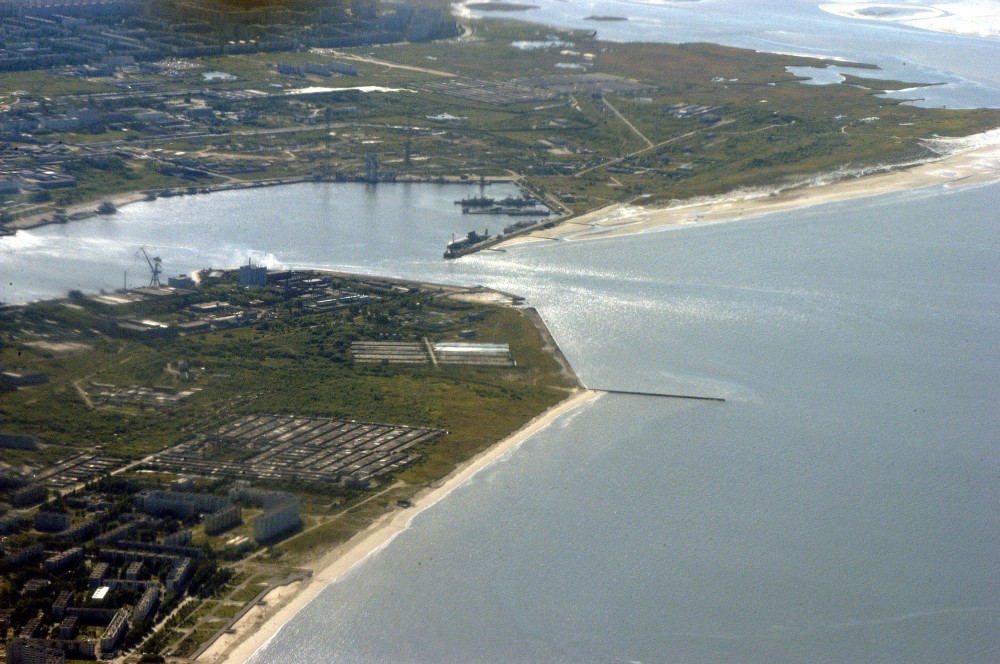
The isotopes discovered at the time are very short-lived. Strontium-91 has a half-life of 9,3 hours, while Barium-139 and Barium-140’s half-life iare 83 minutes and 12,8 days respectively. Barium’s daughter product, Lanthanum-140, has a half-life of 40 hours.
Severodvinsk city administration first published information about a spike in radiation levels, up to 16 times normal background, but the information was soon unpublished from the public portal.
Shortly after the explosion on August 8th, the Defense Ministry said «the radiation background is normal.»
Social media sites in Russia were soon filled up by posts showing first responders in Arkhangelsk wearing hazardous materials protection suits as the moved victims from a helicopter to a waiting ambulance. Later, other ambulances were shown swiped in plastics while driving victims.
Five Rosatom employees died in the accident.
Russia has two known new weapons systems that include a nuclear reactor; the Burevestnik cruise missile and the Poseidon underwater drone.
ADVERTISEMENT
The Barents Observer Newsletter
After confirming you're a real person, you can write your email below and we include you to the subscription list.



